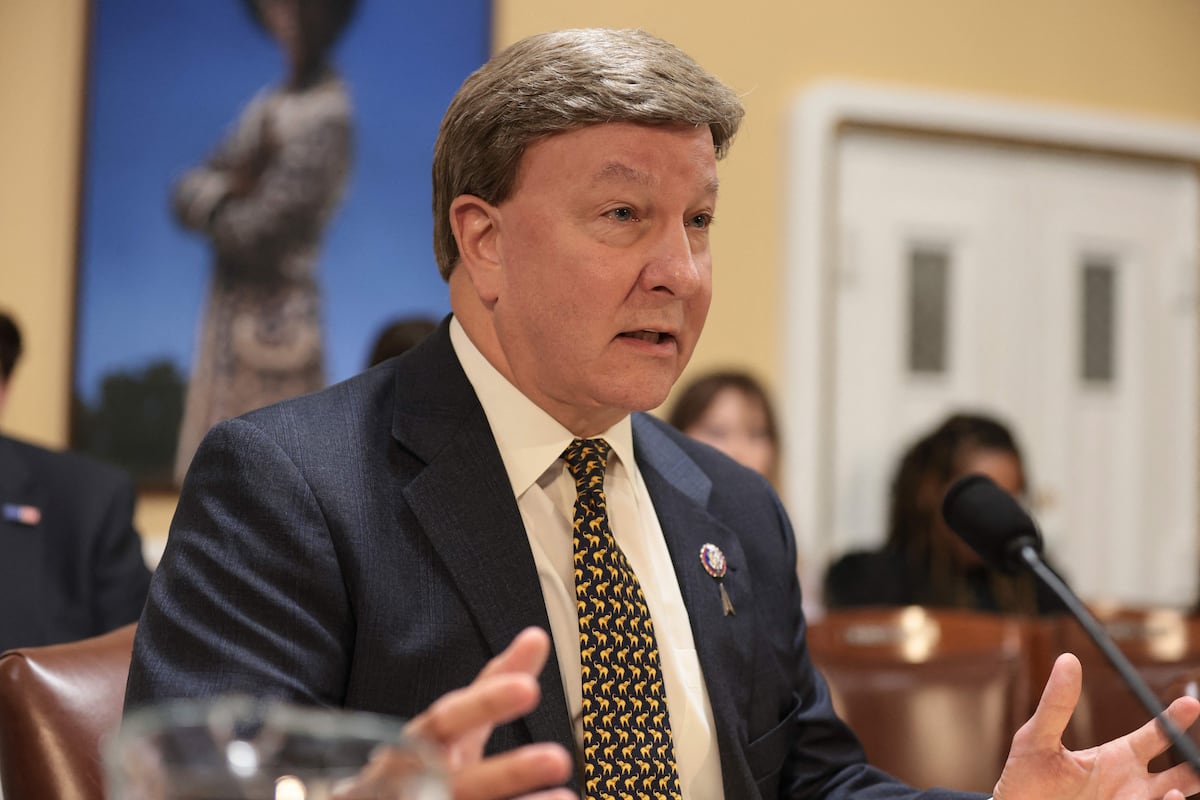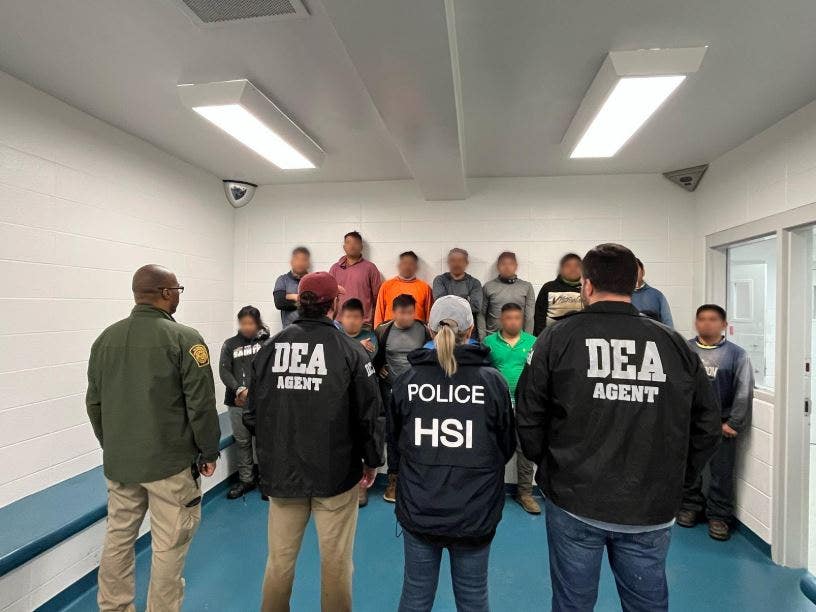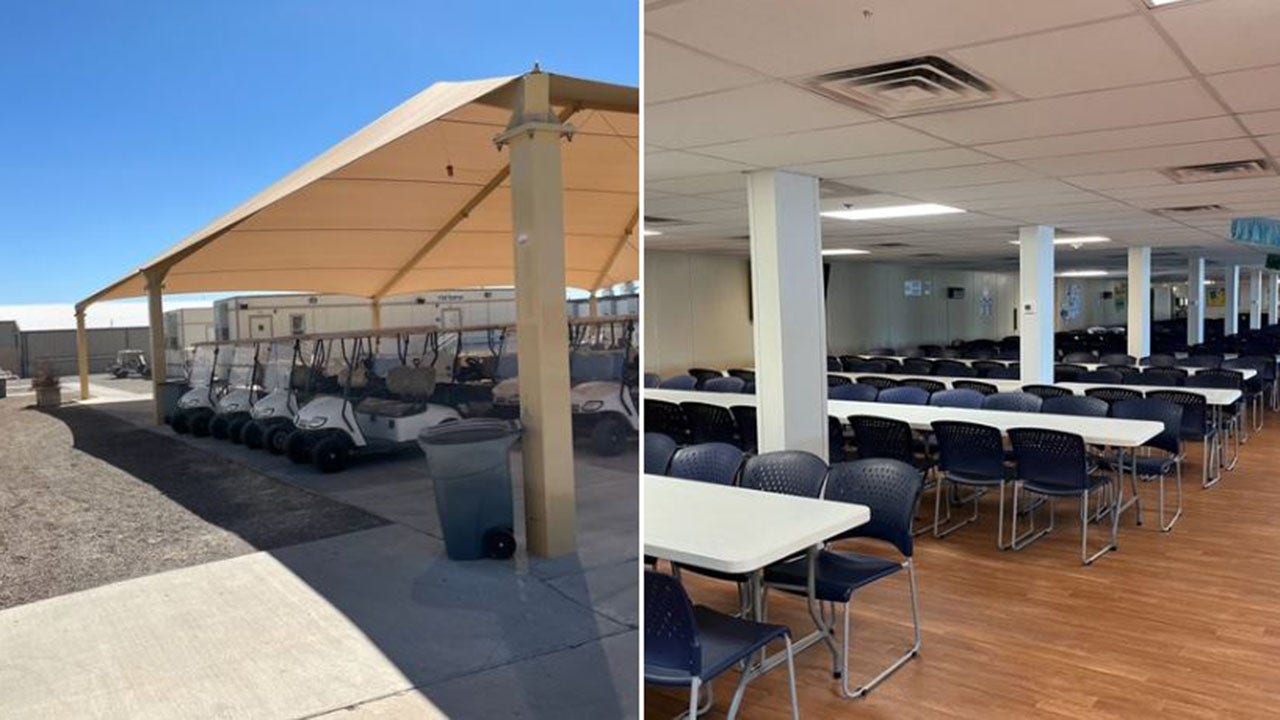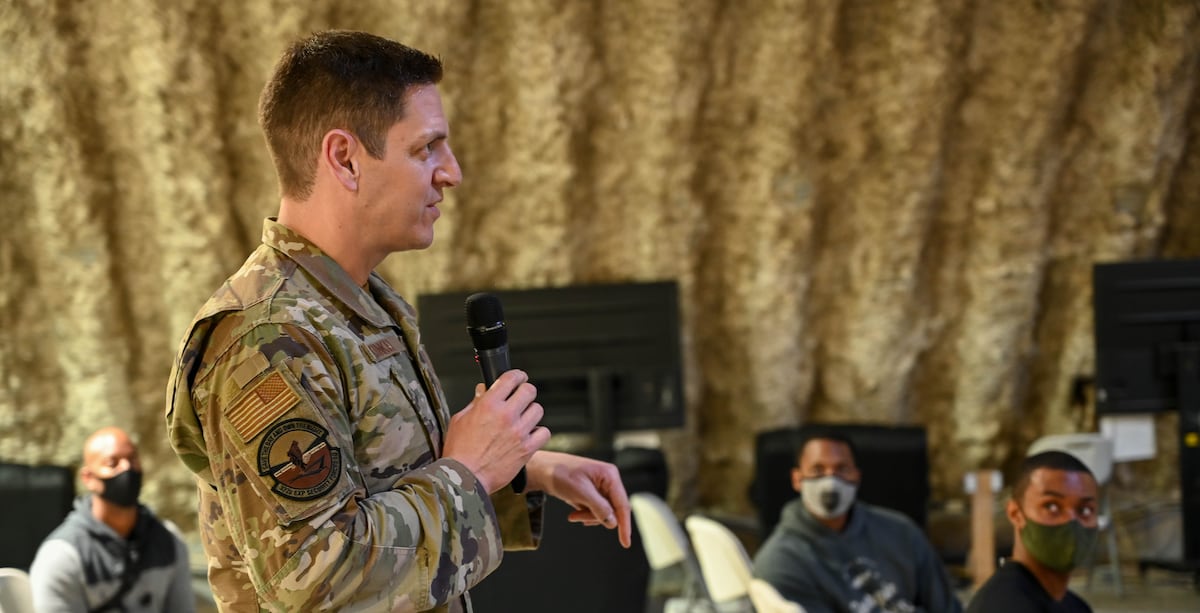Space Force must grow to counter China and Russia, lawmaker says

The leader of the House Armed Services Committee said Tuesday the Space Force needs to grow in size to overcome increasing threats from China and Russia.
Rep. Mike Rogers, R-Ala., was a key player in establishing the Space Force five years ago. At the time, he and others in Congress advocated for a small, agile force that could quickly establish the processes and organizations needed to get the service up and running.
“We’ve come a long way since those early tasks,” Rogers said Tuesday at the Center for Strategic and International Studies in Washington. “Now, it’s time to increase the size of the Space Force to meet growing threats.”
Rogers didn’t specify to what extent he thinks the service needs to expand.
Acknowledging that many lawmakers do not support a major increase in overhead, he noted that he’s not calling for a “wholesale” end strength increase. Yes, Congress should approve more general officers, he said, but the Air Force and the defense secretary should also transfer billets to the service.
“If we want the [branch] capable of doing what the nation expects, it has to have enough people — and the right people [to] carry out its mission,” Rogers said.
Along with manpower growth, Rogers also advocated for more development opportunities for guardians across career fields, particularly technical and acquisition roles.
He and the committee’s Ranking Member Adam Smith, D-Wash., elaborated on these concerns on Tuesday in a letter to Chief of Space Operations Gen. Chance Saltzman.
In the letter, obtained by Defense News, the lawmakers suggest the Space Force may be placing too much emphasis on its operational community to the detriment of its acquisition, training and testing workforce.
“We believe this is needed to not only be successful in developing the next generation space warfighter, but also to ensure that the service will have the skillset and workforce to design, develop, and acquire systems that guardians are going to need in the future,” the letter states. “We fear a divide that elevates operators at the detriment to other core functions of the Space Force will have negative impacts, potentially not immediately, but as we look to 2030 and beyond.”
For its part, the Space Force over the last few years has been working to better align its acquisition and operator communities. Last year, the Saltzman announced a pilot program to create integrated Mission Deltas as a way to better coordinate responsibility, authority and resources within mission areas.
The pilot was widely viewed as successful in its first two mission areas — positioning, navigation and timing and electronic warfare. In April, the Space Force expanded the pilot to include space domain awareness and missile warning and tracking. The service now plans to expand the concept to additional Mission Deltas over the next year.
Rogers and Smith said in their letter they want more detail on how those integrated deltas will be staffed with additional acquisition personnel in the coming years. They also asked for a breakdown of the Space Force’s officer selection boards by rank between 2021 and 2024.
Further, the committee leaders ask for more information on how acquisition training personnel are developed through the Space Force’s force generation model, known as SPAFORGEN, and what specific recruiting, training and retention efforts are in place.
In his speech Tuesday, Rogers noted that his concerns about operator emphasis within the service are linked to the Air Force’s tendency to promote fighter pilots over airmen in other career fields. He said he’ll be watching closely to ensure the Space Force doesn’t follow similar patterns.
“The Space Force has to be led by more than just operators,” he said. “It must represent the contributions of all career services if it’s to be successful. A deep understanding and connection with technology is at the core of the Space Force. Operators, acquisition, intel and cyber professionals all must be on equal footing.”
Courtney Albon is C4ISRNET’s space and emerging technology reporter. She has covered the U.S. military since 2012, with a focus on the Air Force and Space Force. She has reported on some of the Defense Department’s most significant acquisition, budget and policy challenges.
Read the full article here







